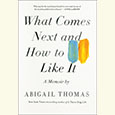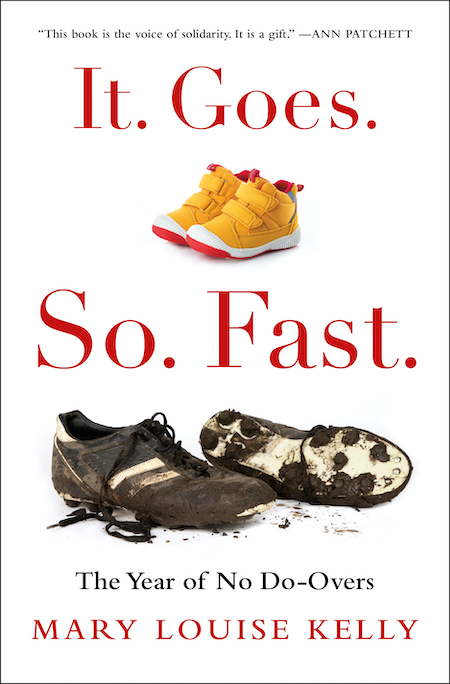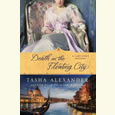Girl at a Crossroads
Sharon M. Draper crafts a tale of community, family, and courage in the Jim Crow South
The title of Sharon Draper’s new middle-grade novel, Stella by Starlight, comes from a jazz standard, but the love song’s lyrics stand in stark contrast to the book’s opening scene. Eleven-year-old Stella’s little brother wakes her in the middle of the night because he has seen a fire in a field near their home. Together they watch as a group of men dressed in white robes and pointed hoods burn a cross. Stella knows exactly what she’s seeing: after several years of inactivity, the local chapter of the Ku Klux Klan is practicing their tactics of intimidation once again.
The year is 1932, and segregation is the law of the land in little Bumblebee, North Carolina, where the divisions between the black and white communities have deep roots. Stella’s school is rundown, the books outdated, while the “white” school boasts strong academics and athletic facilities that Stella and her friends envy. The one real industry in town, a lumber mill, employs very few black men, and those who do find work there hold the lowest-paying jobs in the mill. The black population of Bumblebee suffers daily indignities, humiliations, and sometimes violence.
 As far as Stella knows, this is just how things are: “Every Negro family in Bumblebee knew the unwritten rules—they had to take care of their own problems and take care of one another. Help from the white community was neither expected nor considered. It was as it had always been.”
As far as Stella knows, this is just how things are: “Every Negro family in Bumblebee knew the unwritten rules—they had to take care of their own problems and take care of one another. Help from the white community was neither expected nor considered. It was as it had always been.”
But society is starting to change. When the Klan burns down a neighboring house, Stella is surprised by the number of white people who come to the aid of the large and now homeless family. On their way to their two schools, the daughter of the mill owner tells Stella, “I don’t get why we gotta go to different schools anyway. Seems kinda stupid to me.” And Stella herself saves the life of a white girl her own age, the daughter of the evil Dr. Packard, who has fallen into the pond in a not-very-convincing attempt to get her father’s attention.
The political landscape in Bumblebee is changing too. Franklin Delano Roosevelt is running for president, and some men in their community, including Stella’s father, have been talking about voting for him. Their pastor encourages them to register to vote, and there’s speculation that the threat of “Negroes” exercising this right is the reason for the Klan’s renewed activity. When Stella’s father goes to town with two other black men to register, he takes Stella with him. She feels both proud of him and outraged at the humiliation he is forced to undergo when he gets there.
 The local press is unlikely to tell the truth about the attacks on the black community by the newly resurgent Klan, so Stella decides to start her own community newspaper with “TRUTH” as its motto. When a writing contest with the astonishingly large prize of twenty-five dollars is announced, she writes an essay about the Klan. But as many reporters before and after Stella have learned, telling the truth isn’t always enough, and another child’s essay is chosen to represent the school. With the first issue of “Stella’s Star Sentinel,” Stella recognizes that she is writing for herself and not for anyone else, but she feels compelled to write the truth, whether or not anyone else ever reads it.
The local press is unlikely to tell the truth about the attacks on the black community by the newly resurgent Klan, so Stella decides to start her own community newspaper with “TRUTH” as its motto. When a writing contest with the astonishingly large prize of twenty-five dollars is announced, she writes an essay about the Klan. But as many reporters before and after Stella have learned, telling the truth isn’t always enough, and another child’s essay is chosen to represent the school. With the first issue of “Stella’s Star Sentinel,” Stella recognizes that she is writing for herself and not for anyone else, but she feels compelled to write the truth, whether or not anyone else ever reads it.
Stella by Starlight deserves the starred reviews it has already earned from Publishers Weekly, Kirkus Reviews, and School Library Journal, but it is not a flawless book, particularly in its use of characterization. The black characters are uniformly kind, good-humored, and supportive, and therefore tend to run together in the reader’s mind. Interestingly, the white characters come across much more as individuals: some of them are friendly to Stella, and some are unkind or even cruel. The villainous Dr. Packard is a particularly chilling creation, with cold eyes, a harsh tongue, and a history of violence.
Still, Stella herself is an appealing character—loving, intelligent, passionate about justice—who serves as a good vehicle for highlighting the injustices past and present of racism and mistrust. Her story will show young readers (and the adults in their lives, too) the value and the difficulty of trying to right a long-entrenched wrong.

Tracy Barrett is a writer who lives in Nashville. Her tenth novel, a young-adult retelling of Cinderella entitled The Stepsister’s Tale, was published in 2014 by Harlequin TEEN.


